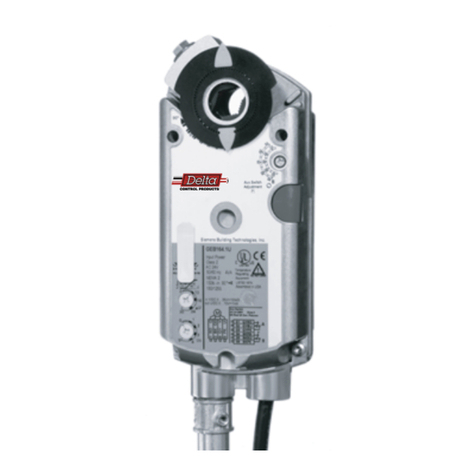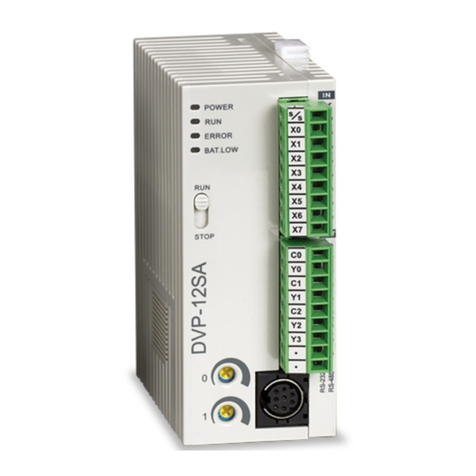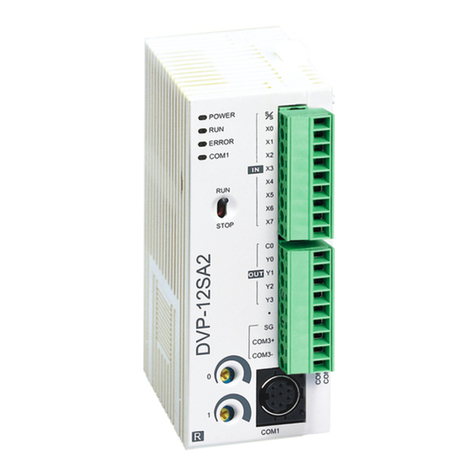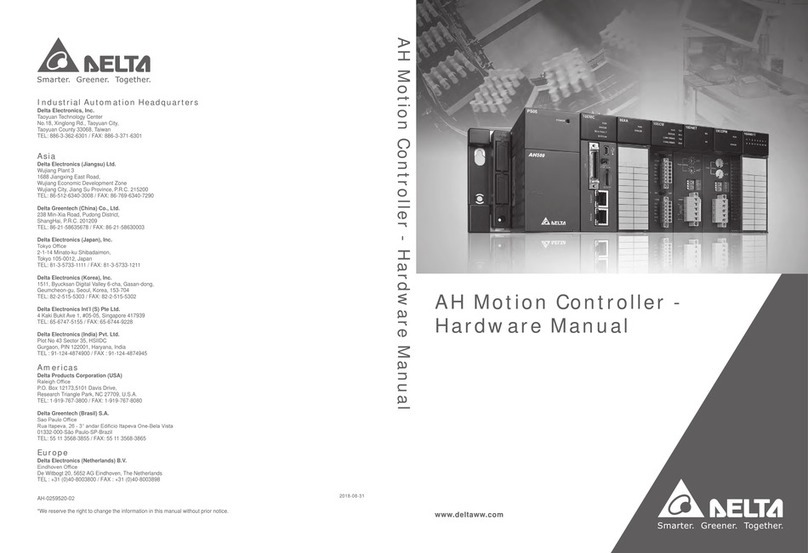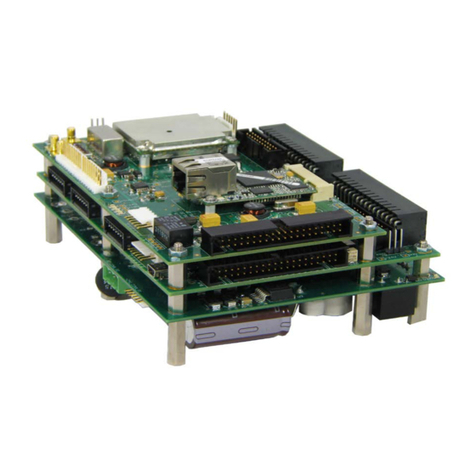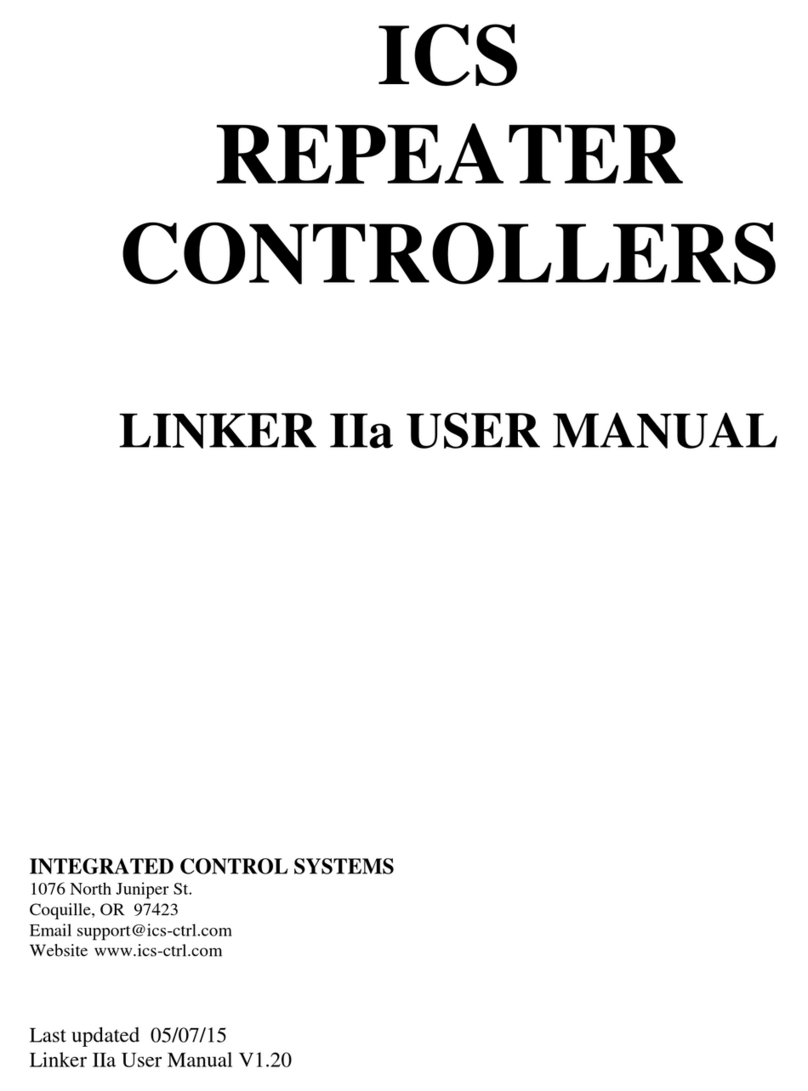Delta VFD-M-D series User manual




















Table of contents
Other Delta Controllers manuals
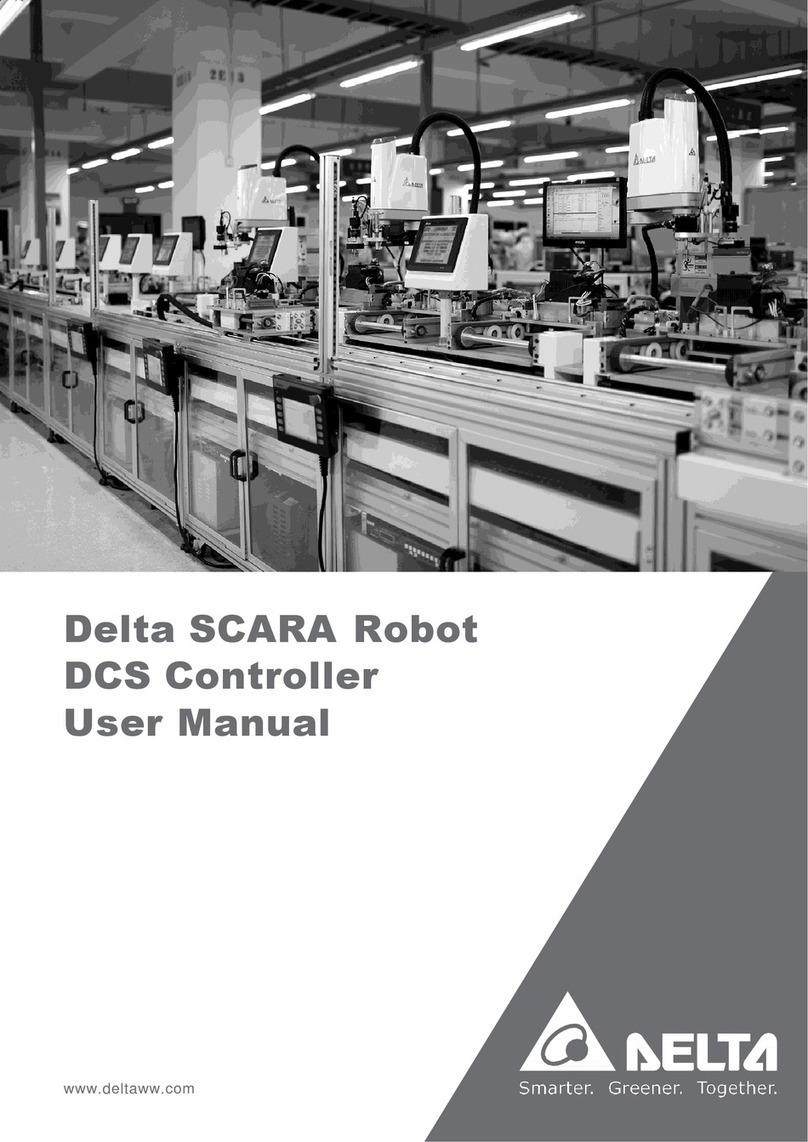
Delta
Delta DCS User manual
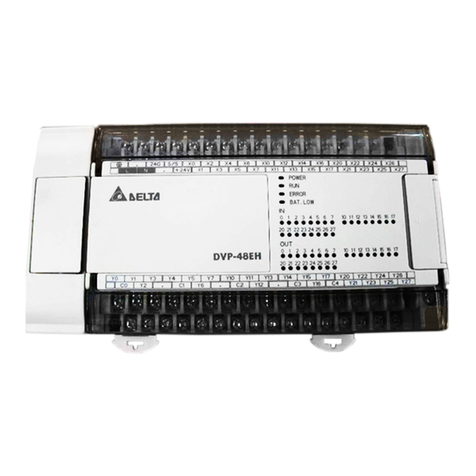
Delta
Delta DVP-EH3 User manual
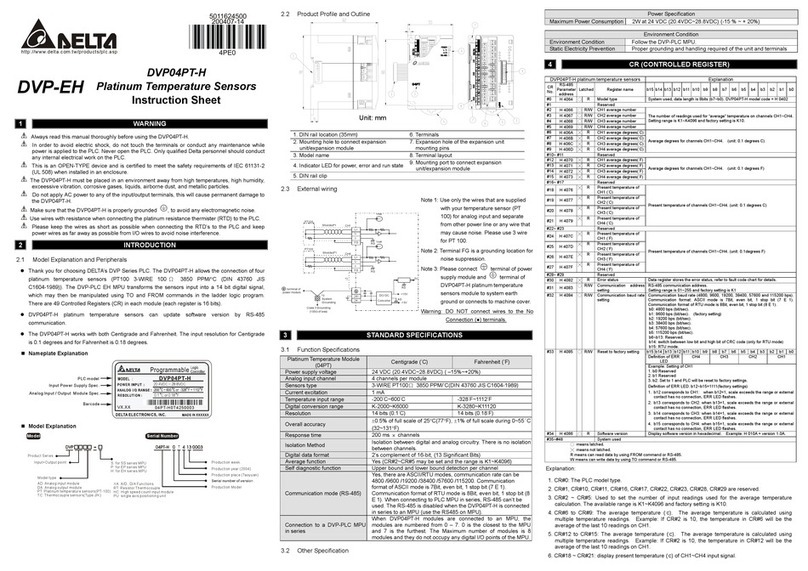
Delta
Delta DVP-EH User manual
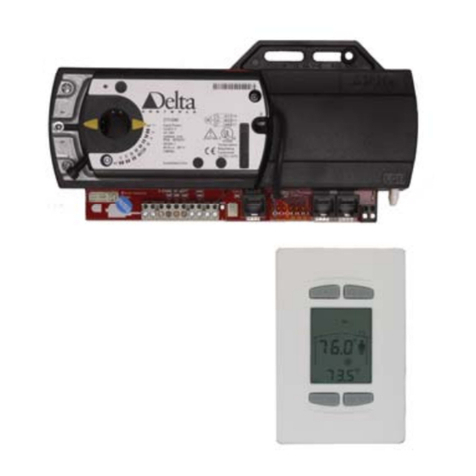
Delta
Delta DZNT-104T User manual
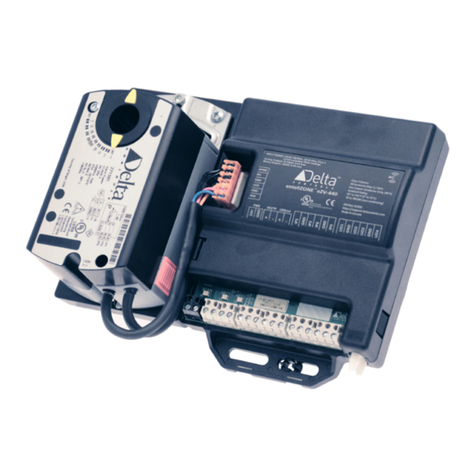
Delta
Delta eZV-440 User guide
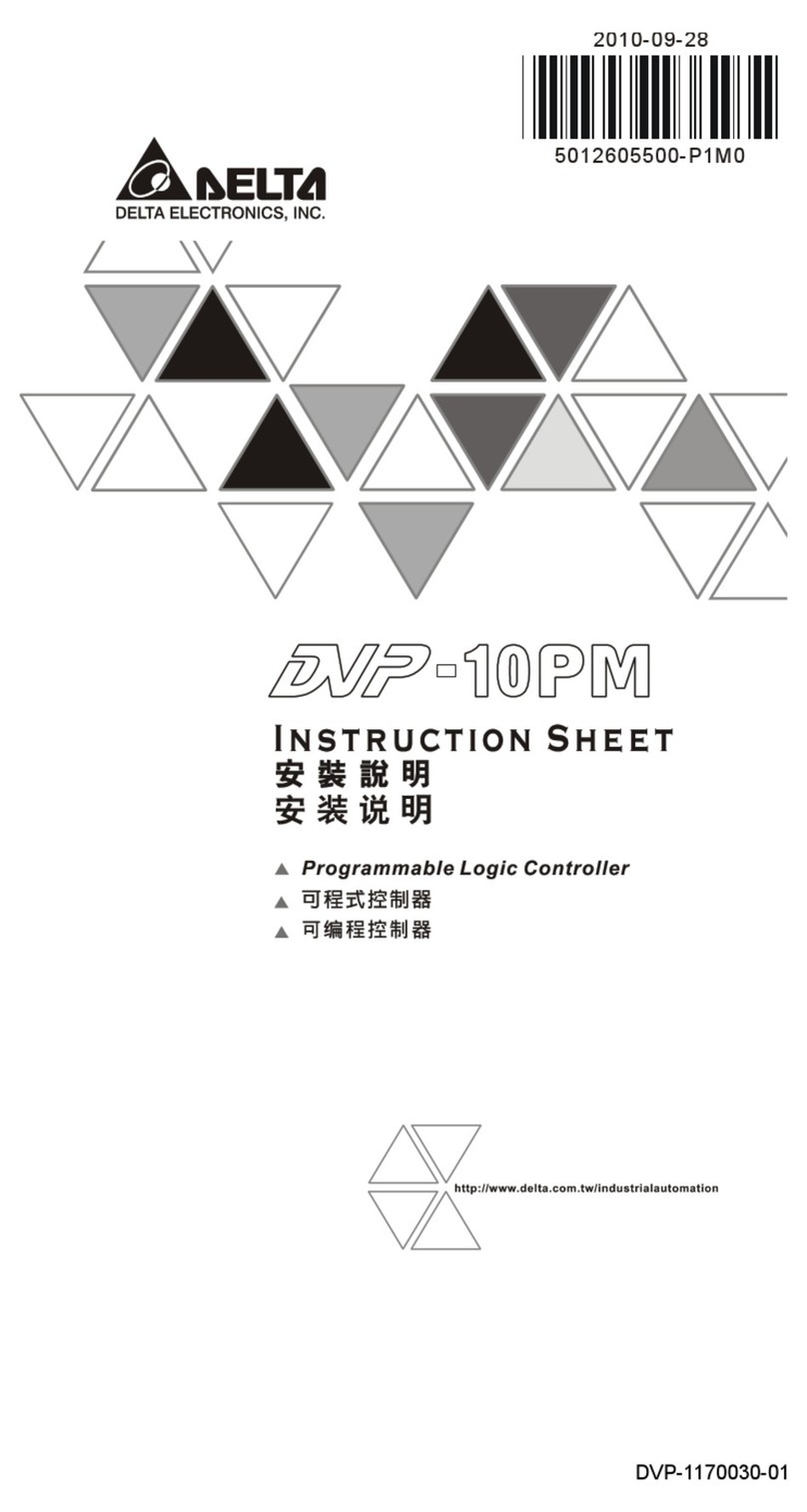
Delta
Delta DVP-10PM User manual
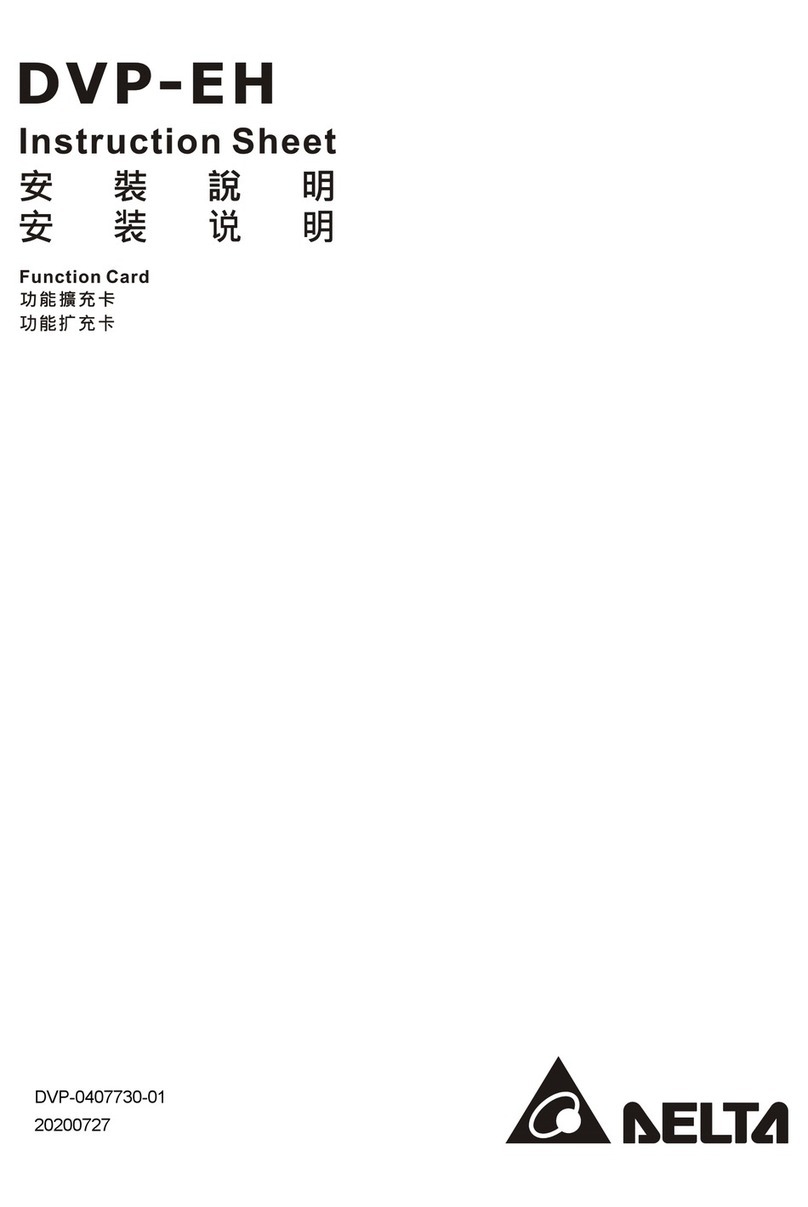
Delta
Delta DVP-EH Series User manual
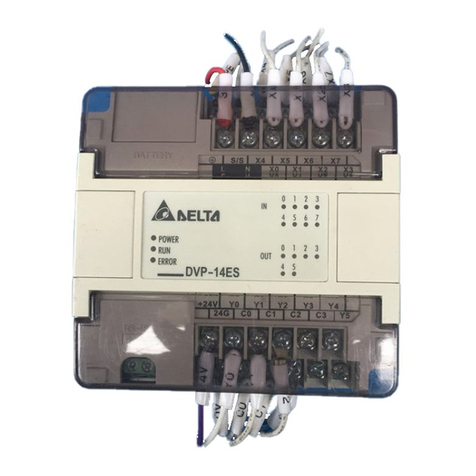
Delta
Delta DVP14ES00R2 User manual
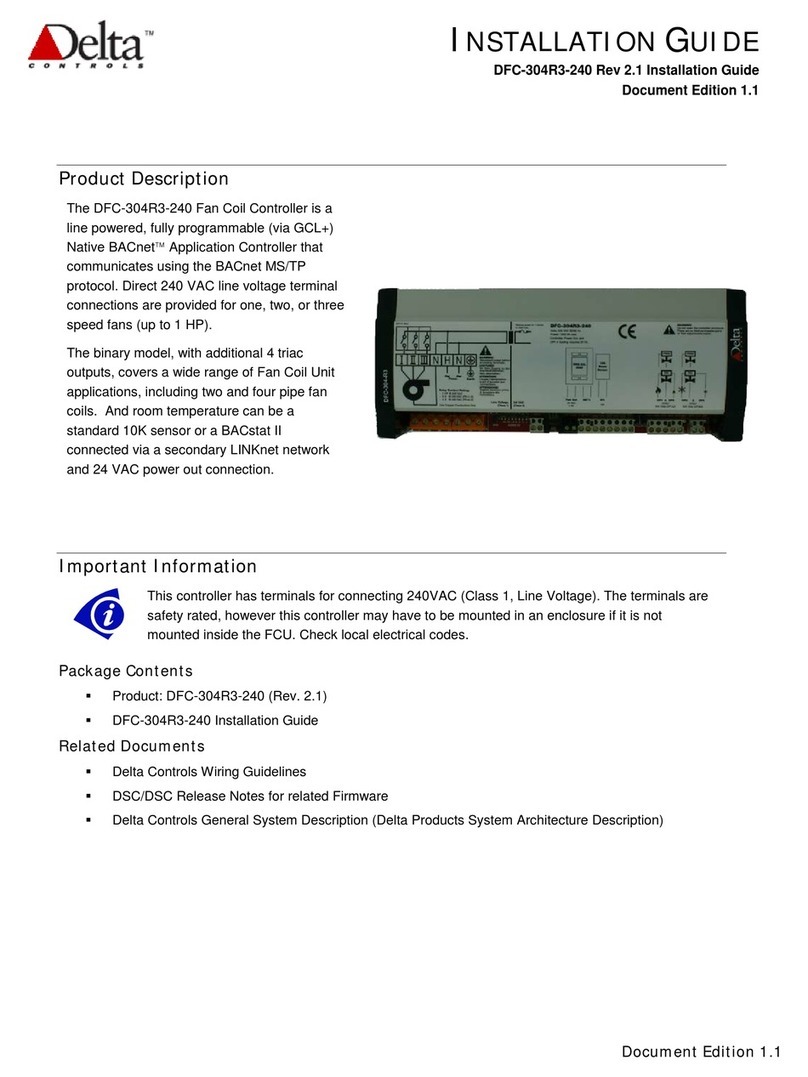
Delta
Delta DFC-304R3-240 User manual

Delta
Delta DVP-SX2 User manual
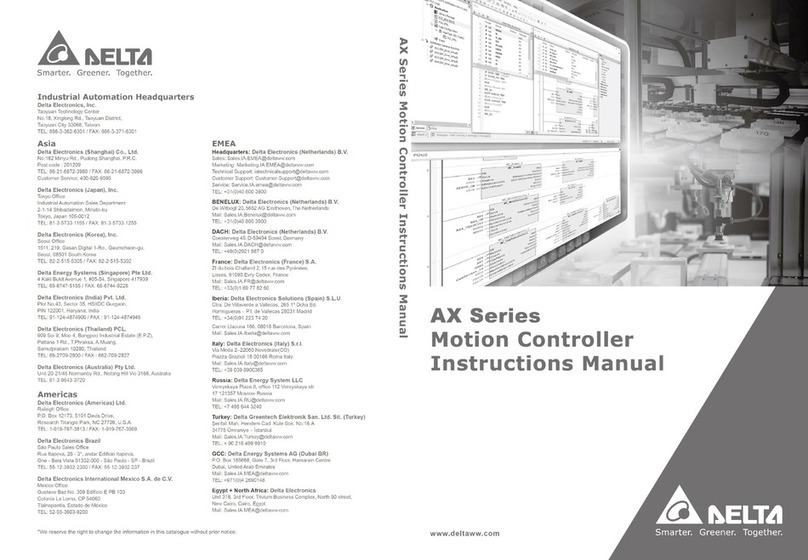
Delta
Delta AX Series User manual
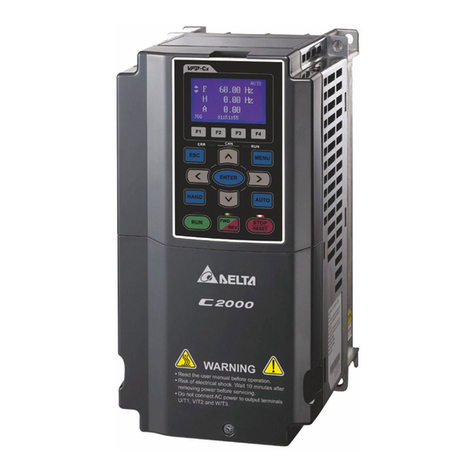
Delta
Delta C2000 Series User manual
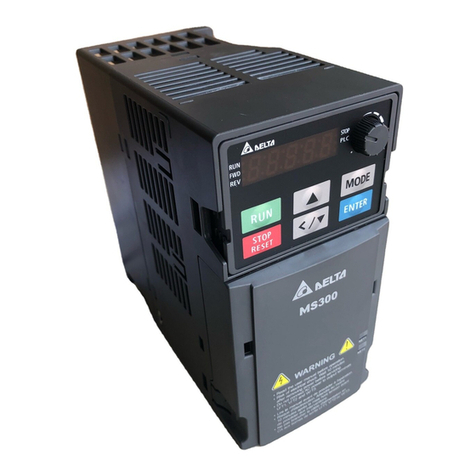
Delta
Delta VFD7A5MS23ANSHA User manual
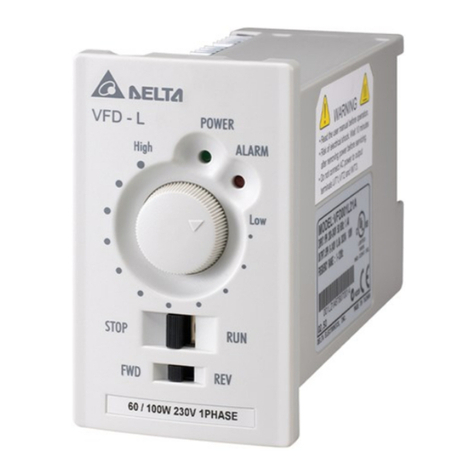
Delta
Delta VFD-L User manual
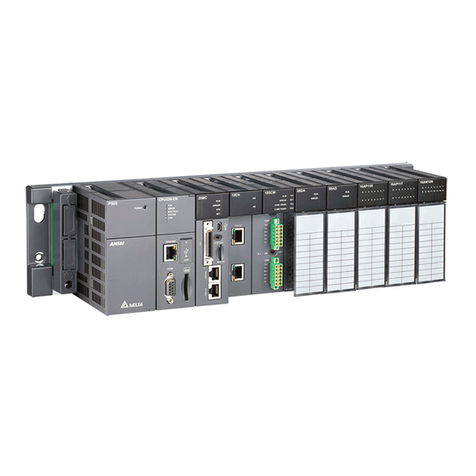
Delta
Delta AH500 series User manual

Delta
Delta RMC70 User guide
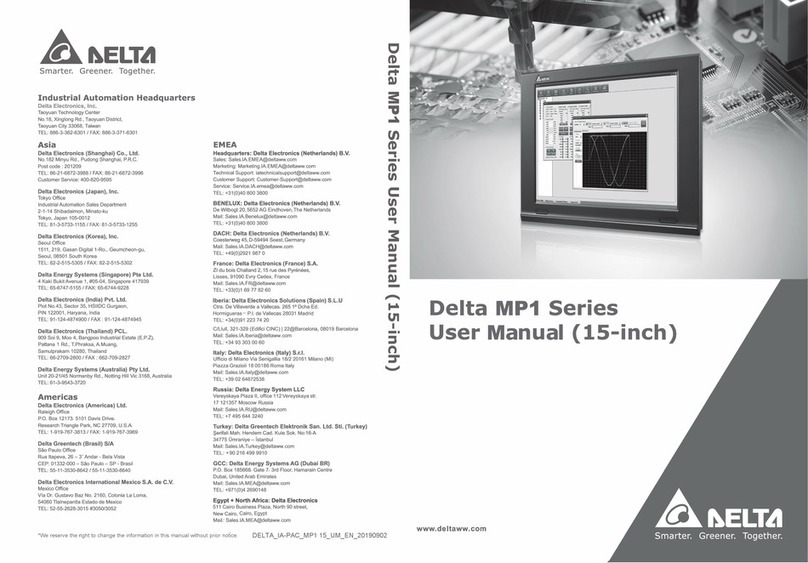
Delta
Delta MP1 Series User manual
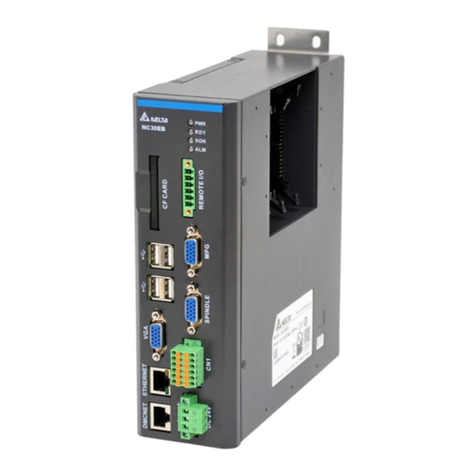
Delta
Delta NC10EB User manual
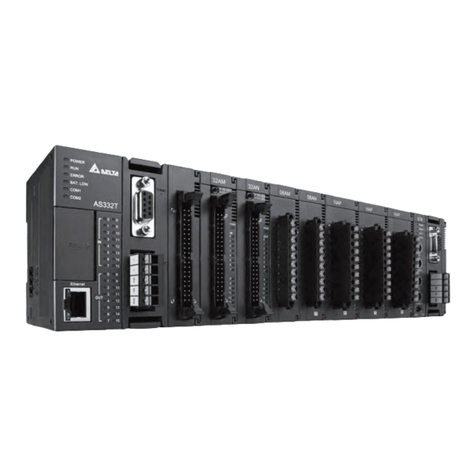
Delta
Delta AS Series User manual
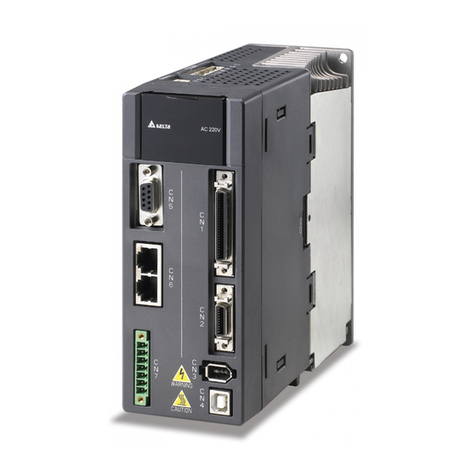
Delta
Delta ASDA-A2 Series User manual
Popular Controllers manuals by other brands

YASKAWA
YASKAWA 264IF-01 user manual
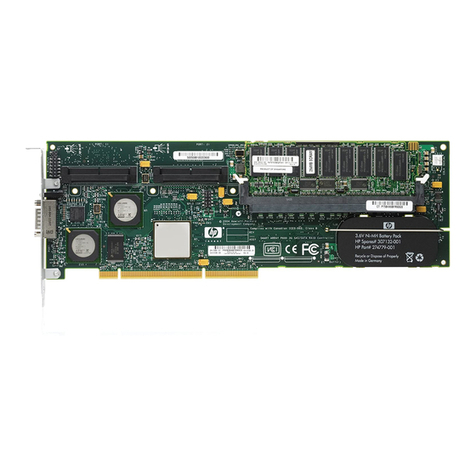
HP
HP Smart Array P600 user guide
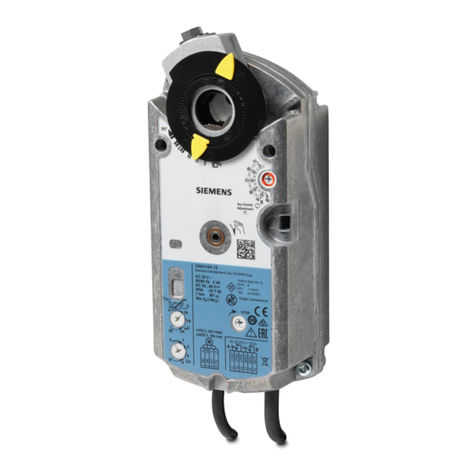
Siemens
Siemens OpenAir GMA 1 Series Mounting instructions

Satel
Satel ACU-280 manual
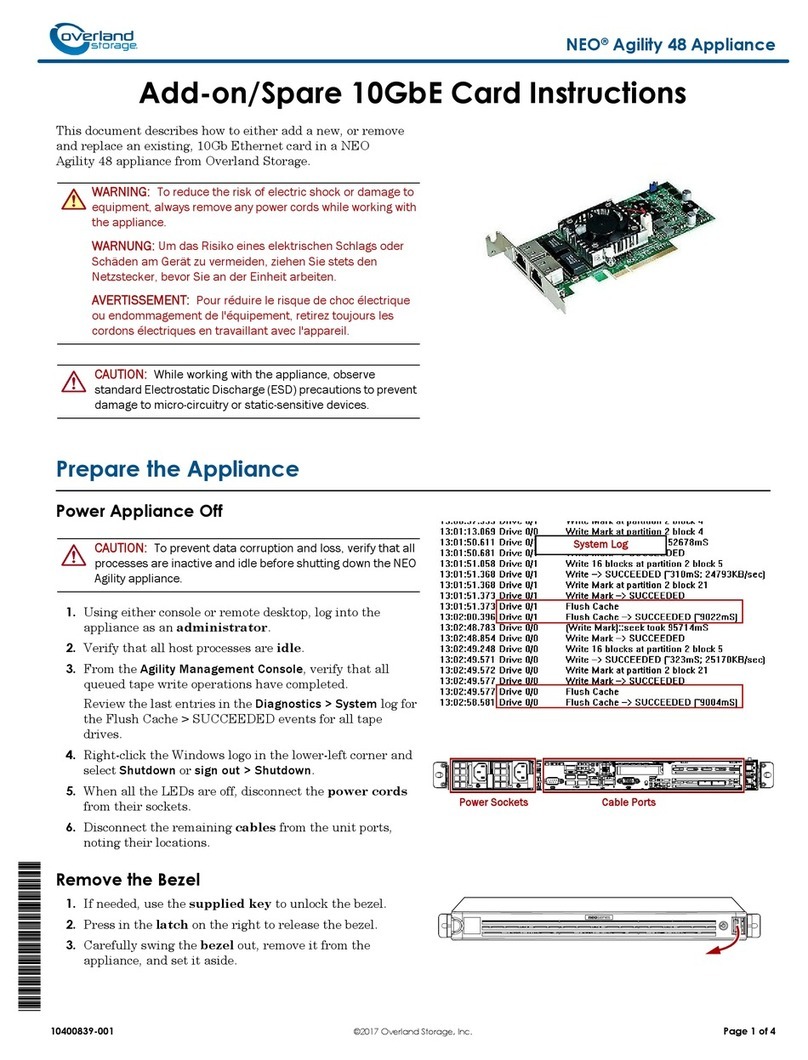
Overland Storage
Overland Storage NEO Agility 48 10GbE Card instructions
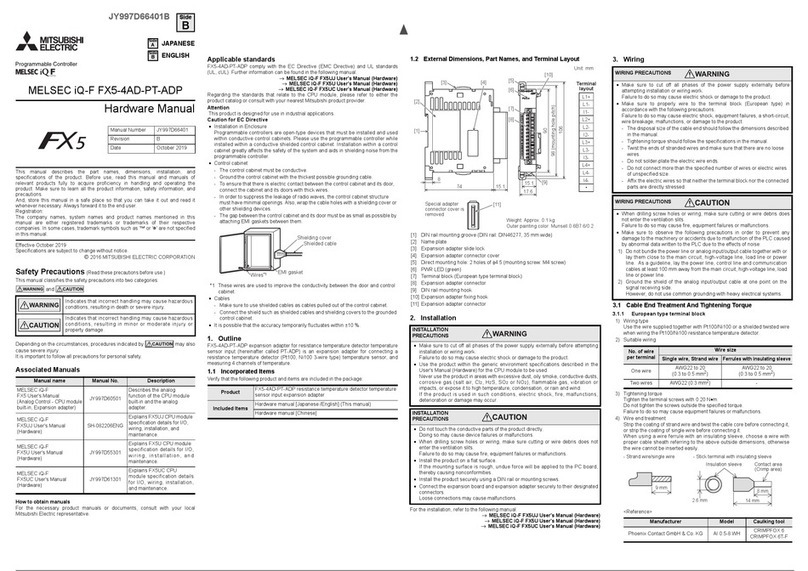
Mitsubishi Electric
Mitsubishi Electric MELSEC iQ-F FX5-4AD-PT-ADP Hardware manual

Securefast
Securefast T/SED900/033A installation instructions

Andover Controls
Andover Controls CMX 240 Series installation guide
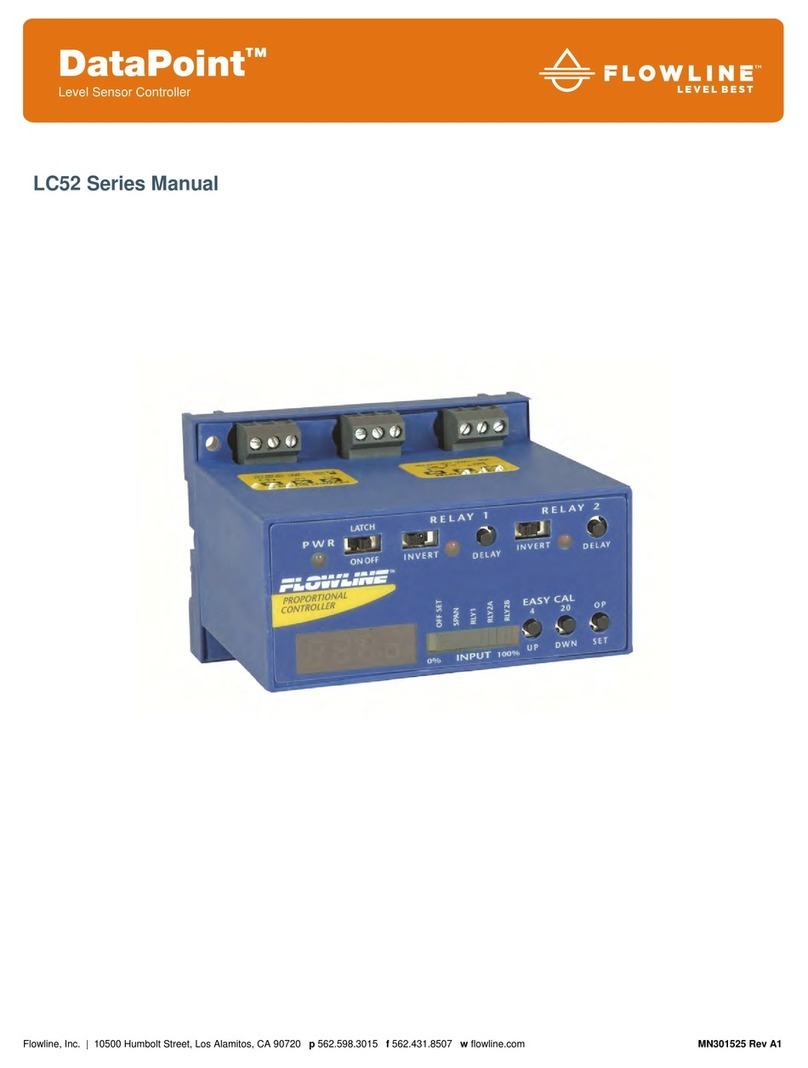
FlowLine
FlowLine DataPoint LC52-1001 manual
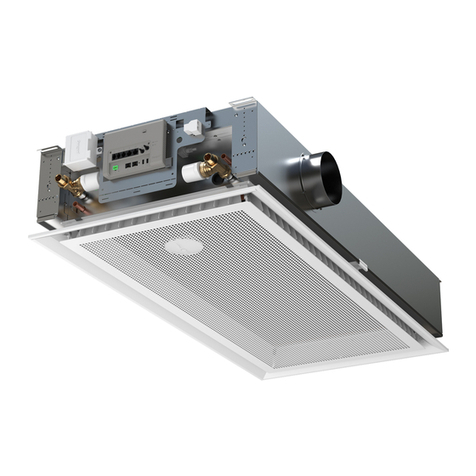
Swegon
Swegon Super WISE user manual
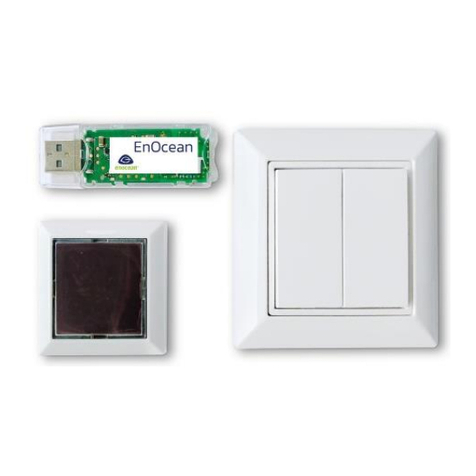
EnOcean
EnOcean EASYFIT EISKA installation guide

National Instruments
National Instruments FELDPoint FP-2000 quick start guide
